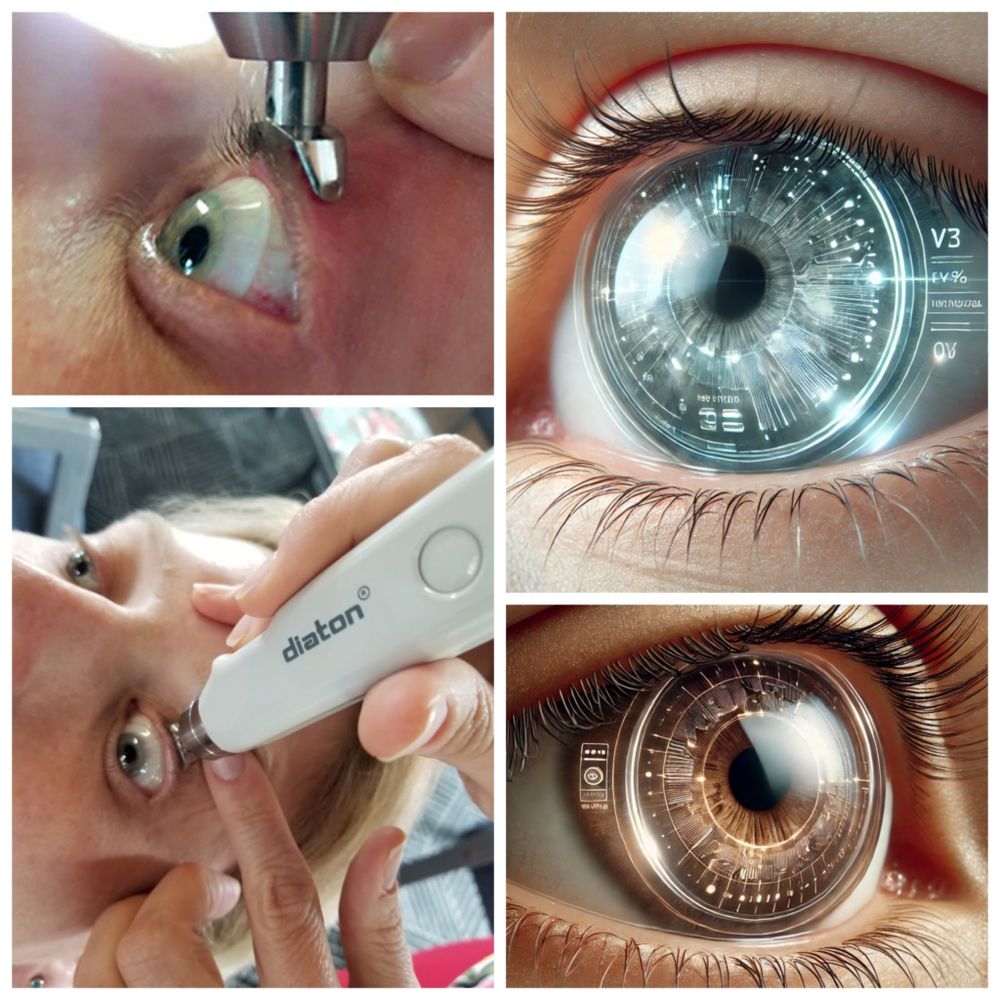
Advocate for Regulation: Work w regulatory bodies to establish guidelines for the safe use and monitoring of smart contact lenses
Advocate for Regulation: Work w regulatory bodies to establish guidelines for the safe use and monitoring of smart contact lenses
As smart contact lenses become more widespread, optometrists and ophthalmologists should:
Stay Informed: Keep up-to-date on the latest advancements, studies, and clinical applications of smart lenses.
As smart contact lenses become more widespread, optometrists and ophthalmologists should:
Stay Informed: Keep up-to-date on the latest advancements, studies, and clinical applications of smart lenses.
Promoting Best Practices: Advocating for safety protocols, such as regular IOP monitoring, as standard practice with smart lenses.
Promoting Best Practices: Advocating for safety protocols, such as regular IOP monitoring, as standard practice with smart lenses.
4. Collaboration with Manufacturers
Optometrists and ophthalmologists are crucial partners for lens manufacturers, contributing to the evolution of smart contact lenses by:
4. Collaboration with Manufacturers
Optometrists and ophthalmologists are crucial partners for lens manufacturers, contributing to the evolution of smart contact lenses by:
Providing Feedback: Offering real-world insights to manufacturers to refine lens design, usability, and safety features.
Providing Feedback: Offering real-world insights to manufacturers to refine lens design, usability, and safety features.
Eye care professionals play a significant role in advancing the science behind smart lenses by:
Eye care professionals play a significant role in advancing the science behind smart lenses by:
One of the most critical roles is monitoring intraocular pressure (IOP), as studies indicate that certain lenses can elevate IOP. Optometrists and ophthalmologists can:
One of the most critical roles is monitoring intraocular pressure (IOP), as studies indicate that certain lenses can elevate IOP. Optometrists and ophthalmologists can:
Optometrists & ophthalmologists serve as the primary point of contact for patients exploring smart contact lenses. Their responsibilities include:

Optometrists & ophthalmologists serve as the primary point of contact for patients exploring smart contact lenses. Their responsibilities include:

